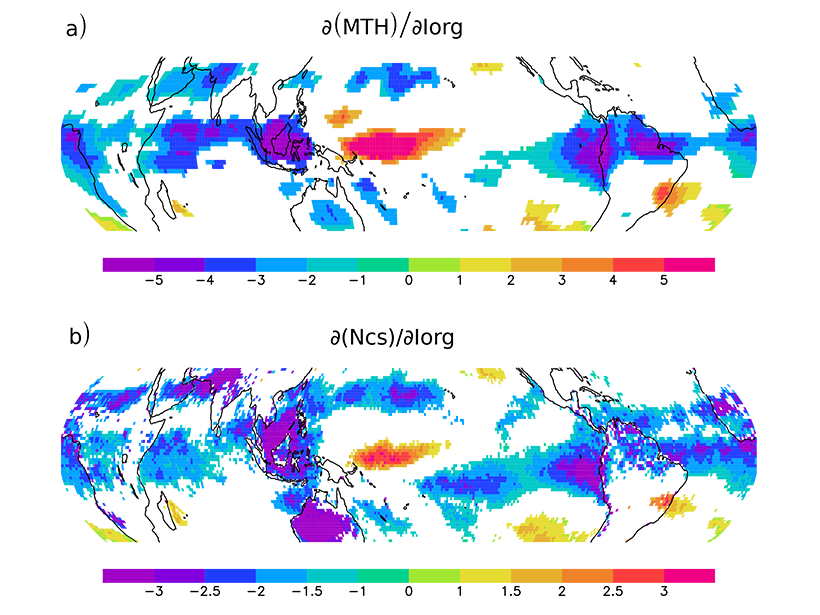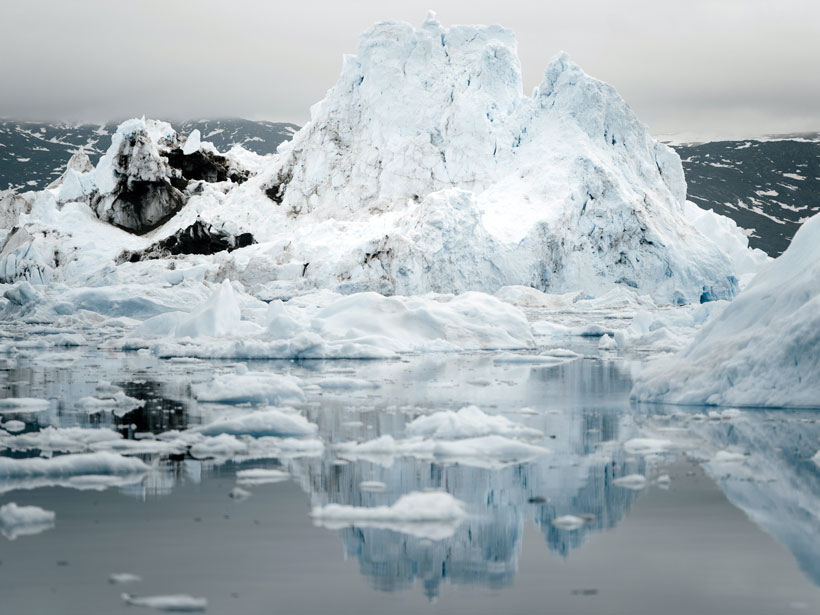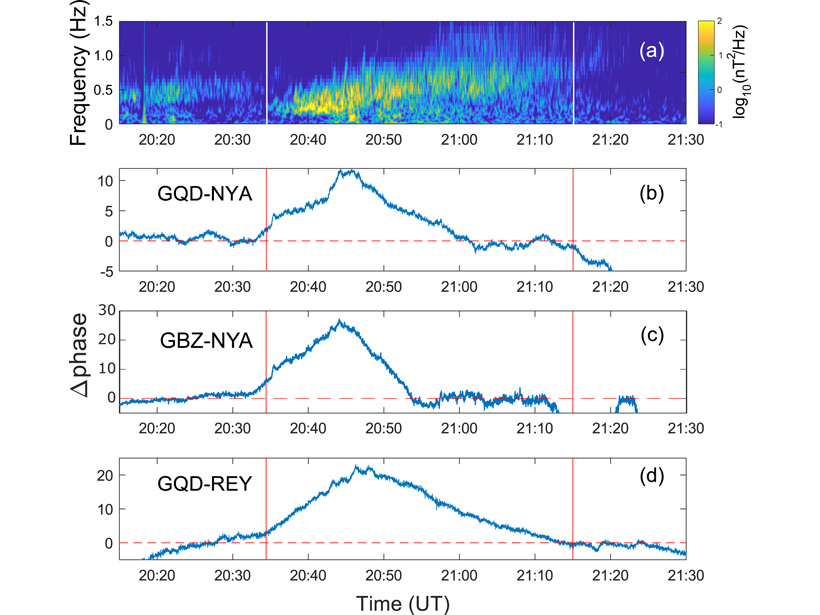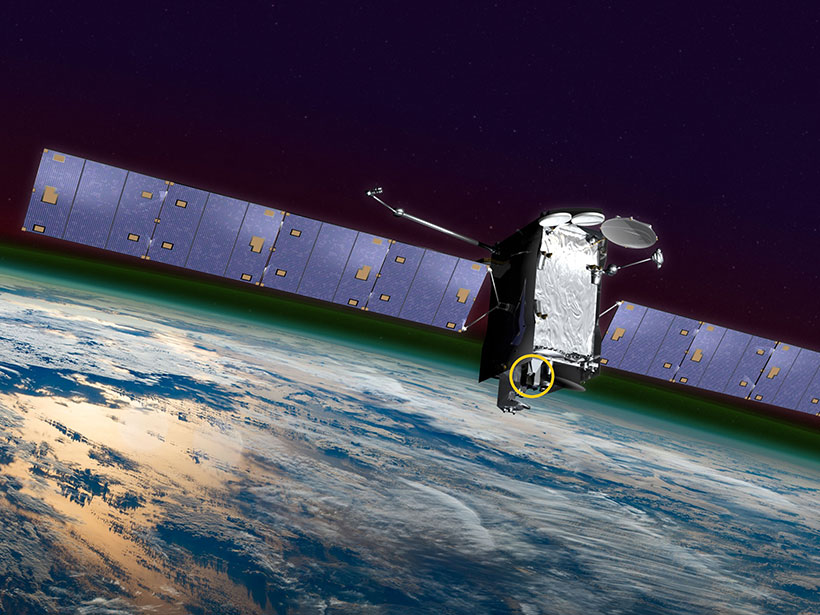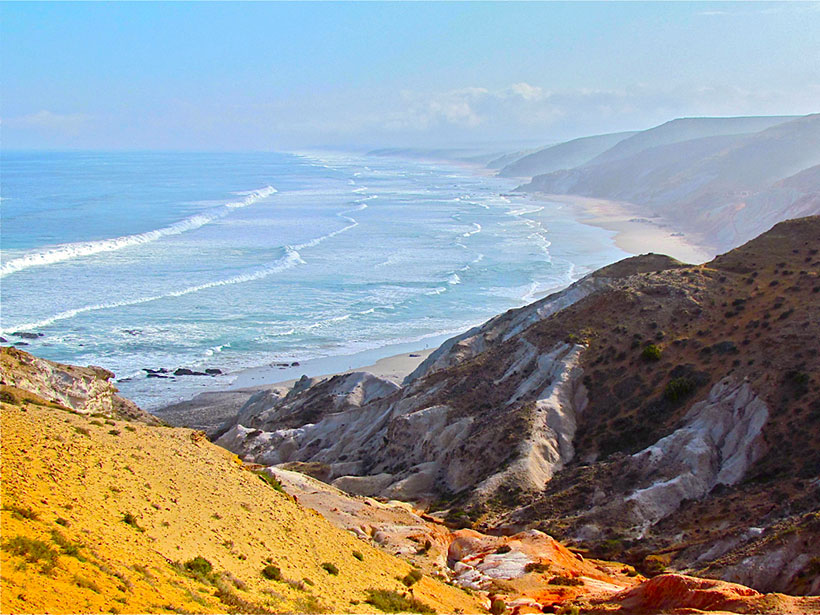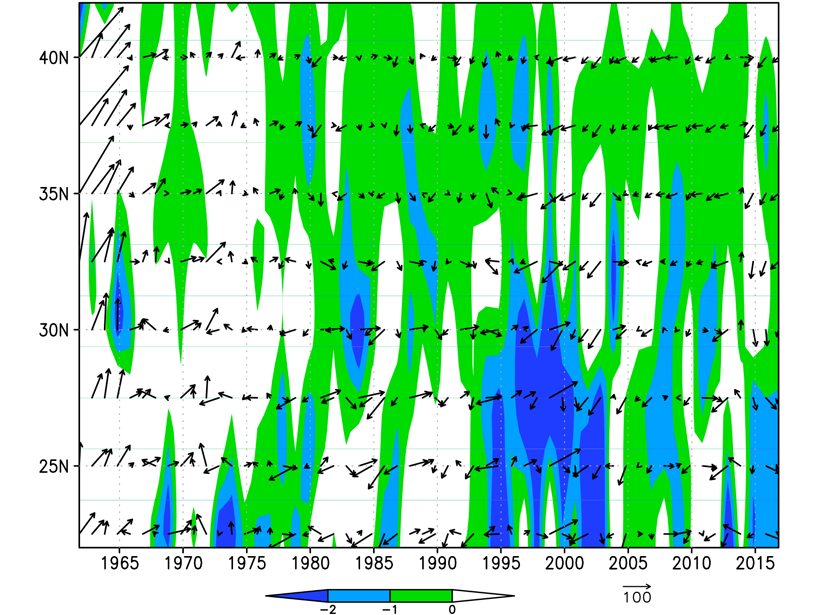Satellite observational analysis confirms that lower-atmospheric stability and cloud clustering are major factors modulating the tropical radiation budget that had been suggested by modeling studies.
everything atmospheric
Rayos Planetarios: Misma Física, Mundos Distantes
Un rayo en el planeta Tierra necesita sólo algunos simples ingredientes para generar una chispa. Esos ingredientes existen en todo el sistema solar y más allá.
Cielos Despejados Sin Precedentes Condujeron a un Notable Deshielo en Groenlandia
A los científicos les preocupa que los modelos climáticos actuales no tomen en cuenta el impacto de las condiciones atmosféricas en la capa de hielo del Groenlandia, y en consecuencia, puedan subestimar drásticamente su derretimiento.
All Hands on Deck to Catch Ion Cyclotron Waves
An international armada of orbiting satellites and ground VLF network join forces to form a “magnetosphere-ionosphere observatory” to size up electromagnetic ion cyclotron waves in the magnetosphere.
“Mushballs” May Drive Ammonia Transport on Jupiter
Hail might account for observed depletions of ammonia in the planet’s atmosphere.
A GOLDen Way to Study Space Weather
A NASA mission is observing airglow in the upper atmosphere and uncovering what it tells us about Earth’s space weather system.
Megaripple Migration Offers Insights into Martian Atmosphere
The movement of large sand ripples, documented for the first time, suggests Mars is windier than we thought.
Ancient Sea Levels in South Africa May Offer Modern Analogues
Largely spared from disruptive tectonic activity, the South African coastline offers a natural setting to study sea levels from when Earth’s atmospheric carbon dioxide last reached today’s levels.
Meiyu: The Dragon Dictating Rainfall Variability in East Asia
According to Chinese myth, rain is water poured out of a dragon; in reality is the Meiyu that dictates rainfall in eastern Asia, producing rain belts jumping from south in spring to north in summer.
A Global View of Shapes and Sizes of Ice Crystals in Cloud Tops
Ice particles have systematic covariations and temperature dependences that are surprisingly consistent with a simple ice growth theory as revealed by satellites.

